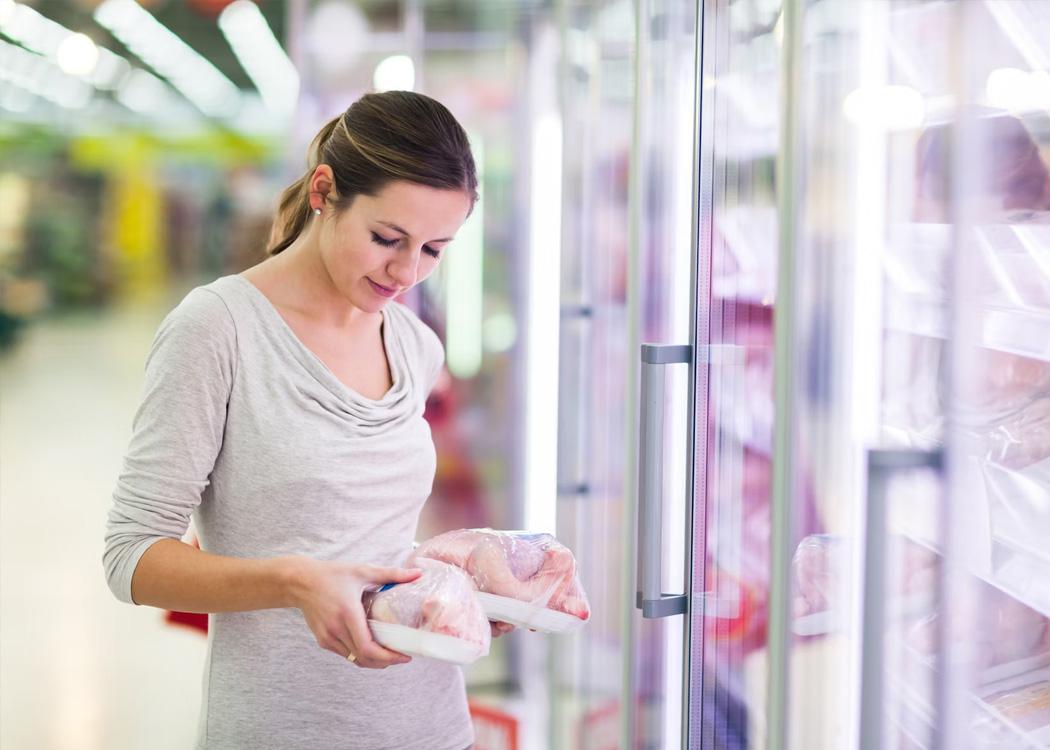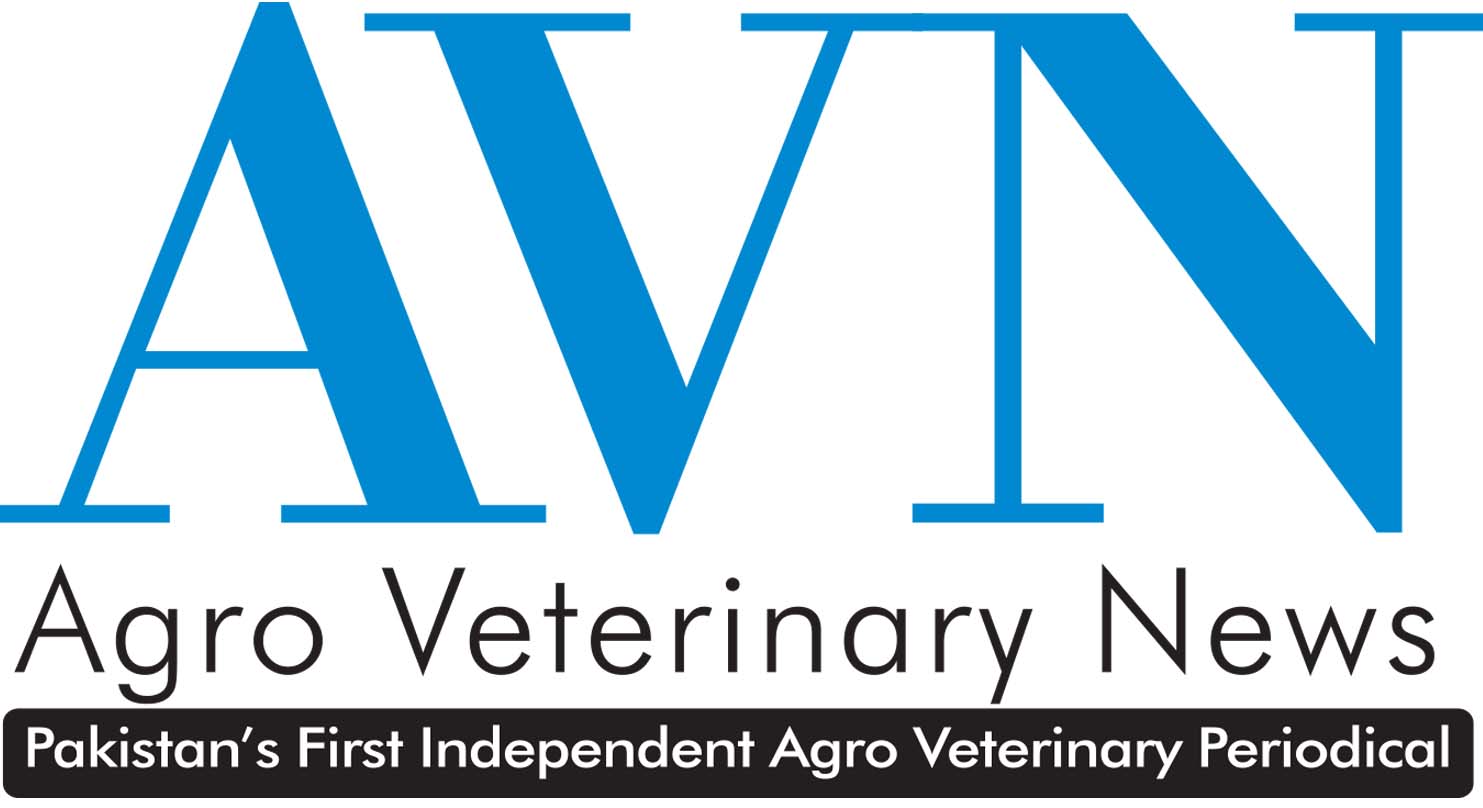By Hamza Jawad, Faculty of Veterinary and Animal Sciences, The Islamia University of Bahawalpur, Pakistan
Introduction
The COVID-19 pandemic appeared as a global threat as this virus has affected almost all the countries and infected human in an unexpectedly rapid rate. Pakistan is also facing this situation. Pakistan is the 4th largest milk-producing country in the world. Approximately 80% of milk is produced at a small scale in rural areas, 15% peri-urban and 5% in the urban areas. Pakistan Government has been taking the highest level of precautions and investing all possible options for safeguarding its people. Dairy sector of Pakistan is a promising sector which has been contributing to economic growth. Proper attention should be given to this sector to trade off the financial loss of the dairy sector due to coronavirus outbreak. In winter milk production was in excess but hot summer milk production decline.
Can COVID-19 effect dairy animals?
The answer is “no” which is pleasant news for the dairy farmers as they might feel relaxed to handle their cows during this crisis. The coronavirus, which is a modified strain of the SARS virus – a virus that had strong zoonotic potential as the first patient of SARS-COV had contact with the animal. The Wuhan strain of coronavirus in humans is a relatively new challenge. Utilising the expert opinion from the North Carolina University of the USA, it is argued that there is no chance for dairy cattle to be affected with the one that has been affecting humans. At the same time, veterinary epidemiologist of Texas A&M University of the USA has reported that coronavirus is not new to livestock and poultry. This poses as a positive message for the dairy industry in Pakistan.
The World Health Organization has reported that while the coronavirus MERS-CoV is known to be transmitted from camel to humans, other coronaviruses circulating in domestic animals have not yet infected humans. The outbreak of coronavirus (COVID-19) has added as a threat which might have an impact on the overall economics of the dairy industry. This needs to be considered for reducing the economic loss in the subsequent time (during and after corona stress).
Impact on milk production and milk price
There is increased demand for products as consumers stock up shelves for potential quarantines or to limit their trips to the grocery store. Nowadays the temperature is rising, and in the hot summer season, the milk production is decreasing day by day. Therefore the milk demand is increasing day by day, and production is declining. In contrast, some experts say, due to the limited movement of the people for the next few weeks as lockdown is extending, there could be short term effect on milk marketing and price might be lowered. The production could be decreased as well if the sufficient measures are not taken in due time.
The immediate actions could include as below.
- As a short term, dairy farmers have to continue their regular management practices but with great care.
- Cows and other herds should be provided with sufficient drinking water and also green grass to maintain milk production and supply.
- On large farms where milk is produced in large amount, and milk selling and delivery to the processor is not possible, the farmers can reduce the cash costs by lowering the purchased feeds (e.g. concentrates). This will decrease milk production for a short-term but maintenance of the animal will not be hampered. As a result, when the reasonable condition will come, the cows can get back to the original potential for milk production.
- At the same time, the government should declare the liquid milk supply chain similar to the other food items (as emergency goods).
Milk role in protection from COVID-19
- It is quite interesting that liquid milk can contribute to increasing the immune homeostasis of the humans (especially with oropharynx and upper respiratory tract). The review research article published in “Frontier in Immunology (Volume 9, article 143; year: 2018)” clearly revealed that cow’s milk has immunoglobulin (IgG) which is helpful against the bacteria, virus and allergens. The function of IgG is enhanced with vitamin A and D3 – both are present in milk; therefore, it can be speculated that cow’s liquid milk may influence the development of the immune system in the upper respiratory tract.
- More emphasis should be placed on the awareness or campaign to the people to drink milk which should improve the immune system against coronavirus.
- Finally, the government, at this stage, has taken right decision to make all efforts for ensuring the safety of humans first but in the long run, it needs to make timely decisions targeting the ways to overcome the current and anticipated future loss.
Here are some additional farm management considerations specific to dairy farm operations
- Basic hygiene practices should be practised at work. Workers should be washing hands frequently using soap and hand sanitiser. Management should communicate the importance of good hygiene practices through signage at various locations throughout the farm.
- Soap and hand sanitizers should be made available around the farm. This should include areas where there are essential off-farm visitors, such as the front office and scale office.
- Limit close interactions between co-workers. The milking parlour is a work area that often necessitates close communication among workers. This is the work area that is of most concern for virus transmission between workers. Other areas that can involve close interactions include maternity and hospital operations. Workers who show signs or report symptoms of COVID-19 should not be allowed to work or be on the farm.
- Encourage workers to stay 6 to 10 feet apart and communicate via radios or cell phones. Work meetings should be limited when possible. Meetings should be held in a well-ventilated area or outside space. When group meetings do take place, workers should be adequately spaced apart a minimum of 6 feet to mitigate possible virus transmission.
- Workers should avoid handshaking. Employ other greeting methods like elbow and foot taps or distance waves. Food and beverage sharing between workers should be discouraged.
- All hard surfaces should be disinfected regularly. Recent studies have reported that active COVID-19 can remain airborne from 30 minutes up to three hours; on cardboard materials up to 24 hours, on stainless steel up to two days, and on plastic up to three days. A critical analysis of all work and product surfaces should be undertaken to identify which materials should undergo some form of sanitisation or cleansing. This includes two-way radios, cell phones, machinery cabs, office areas and desks, restrooms, break room surfaces, lockers, door handles, switches, time clocks, and any other surface that might provide an opportunity for virus transmission. Items should be disinfected at least twice a day using Environmental Protection Agency (EPA) registered antimicrobial products for use against COVID-19 found here. Workers or teams on each shift should be assigned the responsibility to disinfect regularly used areas and surfaces.
- All worker uniforms should be cleaned or laundered daily.
- Workers should be cross-trained to allow them to perform different job tasks on the farm in the event of limited staffing.
- Nonessential off-farm visitors should not be allowed on the farm. When off-farm vendors come on the dairy site, their visit should be recorded with visitor name, purpose, and time. Only essential personnel should be allowed in the tank room. Food delivery vendors should be organised on a pre-order basis, with currency exchange and delivery of orders taking place away from farm operations. Social visits by family members of workers should not be allowed on the farm.
- A single entry/exit to the farm should be maintained continuously to control nonessential workers or visitors from gaining access to the farm.
- Inquire if there are family or friends of workers that would be interested in filling roles in case of a shortage due to COVID-19. Students on extended break or completing online courses the balance of the school year may be an option in this situation.
-The essay has been considered as a winner at the International Veterinary Students’ Association, Bangladesh and is published by permission of authors.






